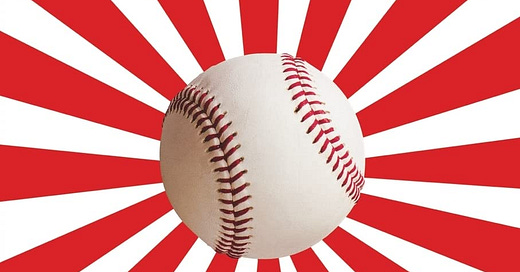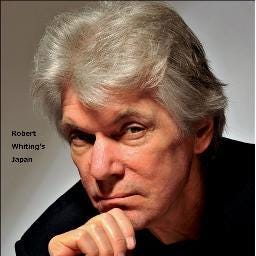The following is the first part of a revised and updated version of a chapter that originally appeared in “The Samurai Way of Baseball” published in 2004.
TOKYO — It is not possible to write the history of baseball in Japan without discussing the impact of the gaijin. It was an American professor from Maine named Horace Wilson who is generally regarded as being the first to have introduced the game — ahead of other Meiji Era American professors in Japan who exposed their students to the sport — when, in 1872, he taught his students at Tokyo’s elite Kaisei Gakko besuboru’s basic rules and fundamentals. For this, Wilson was eventually inducted into the Japanese Baseball Hall of Fame.
In succeeding years, a long line of visiting college and professional players, and individual coaches, from North America have tutored the Japanese in a wide variety of skills and techniques, from the push bunt to the cut fastball. Ty Cobb, who spent several months at Keio University in the winter of 1931, was one of a number of Americans who taught baseball on Japanese college campuses in the early part of the century (although Cobb-san was unfortunately unable to teach Japanese to pronounce his name properly and thus went down in Tokyo history books as Ty Kapp.)
Keep reading with a 7-day free trial
Subscribe to Robert Whiting's Japan to keep reading this post and get 7 days of free access to the full post archives.




